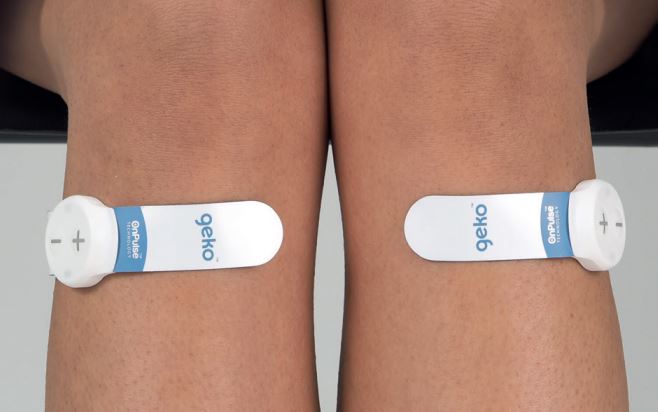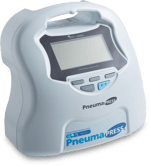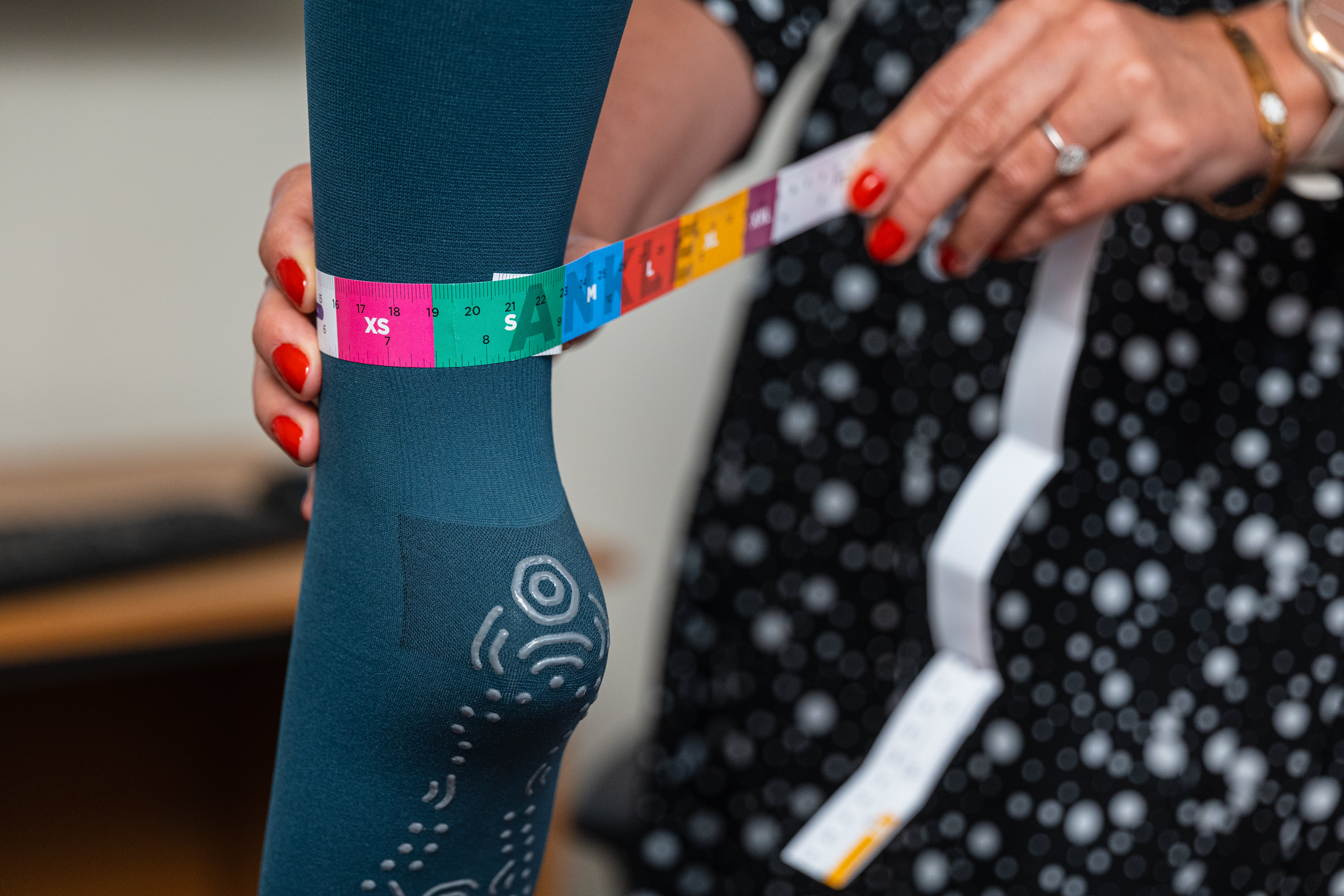The Importance of Preventing DVT

About G&N and our DVT Portfolio:
G&N source and develop products to provide improved clinical and financial outcomes for healthcare professionals and patients. In 2006, G&N began exploring and distributing products worldwide, exploiting a gap in the market for a new innovative product and released the Fitlegs AES range. In 2009 we expanded our DVT prevention portfolio with PneumaPress; an intermittent pneumatic compression device, gaining a respectable market share within an acute hospital setting. By 2015, the G&N Fitlegs range became the market leader, obtaining 60% of the UK Anti-Embolism stocking market. G&N has now been a key supplier to the NHS for over 40 years, we have been market leaders in an acute hospital setting for over a decade, and from this long-standing relationship, we are in close communication with the key decision makers of the NHS when bringing products to market.
Academic Research into DVT Prevention
Deep vein thrombosis (DVT) is the formation of blood clots in the deep veins. It commonly affects the deep leg veins (such as the calf veins, femoral veins, or popliteal veins) or the deep veins of the pelvis [4]. It is a potentially dangerous condition that can lead to preventable morbidity and mortality. The majority of academic reports indicate the equivalent fact that Venous thromboembolism (VTE), which consists of comprising deep vein thrombosis (DVT) and pulmonary embolism (PE), is frequently undetected and asymptomatic in hospitalised patients.
Short abstracts from various scholarly reports have been extracted below for clinical evidence.
The standard of care for the treatment of acute deep venous thrombosis (DVT) is anticoagulation, which often prevents the formation of new thrombus and reduces the risk of pulmonary embolism (PE) but fails to eliminate the clot burden [1]. Patients who have thrombus remaining in their deep venous system despite therapeutic anticoagulation are at high risk for developing symptoms of post-thrombotic syndrome, a debilitating condition that adversely affects their quality of life. A review of the literature on acute DVT treated by anticoagulation alone or with strategies of thrombus removal reveals that pulmonary embolization is an infrequent occurrence [1].
An embolism must be recognized early because up to 25% of asymptomatic pulmonary emboli will subsequently become symptomatic, manifesting as pleuritic chest discomfort once the inflammatory pulmonary infarct reaches the portal surface [2].
Deep vein thrombosis (DVT) and resulting pulmonary embolism (PE) are also important complications of a stroke. Physical methods to reduce the risk of DVT and PE, such as graduated compression stockings (GCS) or intermittent pneumatic compression (IPC) applied to the legs, do not appear to be associated with any bleeding risk and reduce the risk of DVT in some categories of surgical patients. [3]
In a more recent review that included 18 trials, of which 16 were in preoperative patients, thigh-length graduated compression stockings were associated with a significant reduction in the risk of 'any DVT'. [3]
A consecutive, randomly allocated, controlled clinical trial of the prophylactic effect of intermittent pneumatic compression of the calf on the incidence of post-operative deep vein thrombosis showed that in patients without malignant disease there was a highly significant reduction in the incidence of thrombosis. We suggest that intermittent pneumatic compression as used in this trial is a safe, effective, and extremely practical method of preventing post-operative deep vein thrombosis in patients not suffering from malignant disease. [5]
G&N’s DVT Prevention Products:

The Fitlegs AES help to prevent the formation of Deep Vein Thrombosis (DVT) in the legs by applying clinically proven graduated compression. The ergonomic design has been created to better suit the foot, take advantage of the major pressure contact points when walking and ensure patient safety is kept front of mind. Designed to be simple to fit and apply, which reduces sizing errors and nursing time.

PneumaPress® is an intermittent pneumatic compression system which is used to improve blood circulation for patients with reduced mobility. Air from the pump is delivered to the cuffs air chambers. This applies pressure to the legs and the veins within them, forcing blood up towards the heart. PneumaPress® can be used whilst the patient is in surgery and afterwards during the recovery period to reduce the risk of DVT. The benefits of PneumaPress® are that it can be used in conjunction with FITLEGS™ AES and FITLEGS™ AES Grip anti-embolism stockings; increasing the velocity of blood to decrease stasis within deep veins and offers sequential compression which is superior to uniform compression.
.png?width=157&height=131&name=EGD10078%20(1).png)
The geko™ device is a Neuro Muscular Electrostimulation device that increases blood flow in the deep veins of the leg. The geko™ device is a size of a wristwatch and is battery powered and disposable. The device is worn at the knee and gently stimulates the common peroneal nerve – once every second while activating the calf muscle pumps. This increases blood flow in the deep veins of the calf to 60% of the rate compared to walking, without the patient having to actually move around.
G&N prides itself on putting the patient first, we strive to continually support HCPs with updated training, regular site visits and an open line of communication to ensure an excellent service is delivered to the patient.
Contact us for more information.
References
[1] Herrera, S., & Comerota, A. J,. 2011. Embolization during treatment of deep venous thrombosis: incidence, importance, and prevention. Techniques in vascular and interventional radiology, 14(2), 58-64.
[2] Monreal, M. and Tarrason, S., 1989. Asymptomatic pulmonary embolism in patients with deep vein thrombosis. Is it useful to take a lung scan to rule out this condition?. The Journal of cardiovascular surgery, 30(1), pp.104-107
[3] Naccarato, M., Grandi, F.C., Dennis, M. and Sandercock, P.A., 2010. Physical methods for preventing deep vein thrombosis in stroke. Cochrane Database of Systematic Reviews, (8).
[4] Kesieme, E., Kesieme, C., Jebbin, N., Irekpita, E. and Dongo, A., 2011. Deep vein thrombosis: a clinical review. Journal of blood medicine, 2, p.59.
[5] Hills, N.H., Pflug, J.J., Jeyasingh, K., Boardman, L. and Calnan, J.S., 1972. Prevention of deep vein thrombosis by intermittent pneumatic compression of calf. Br Med J, 1(5793), pp.131-135.


